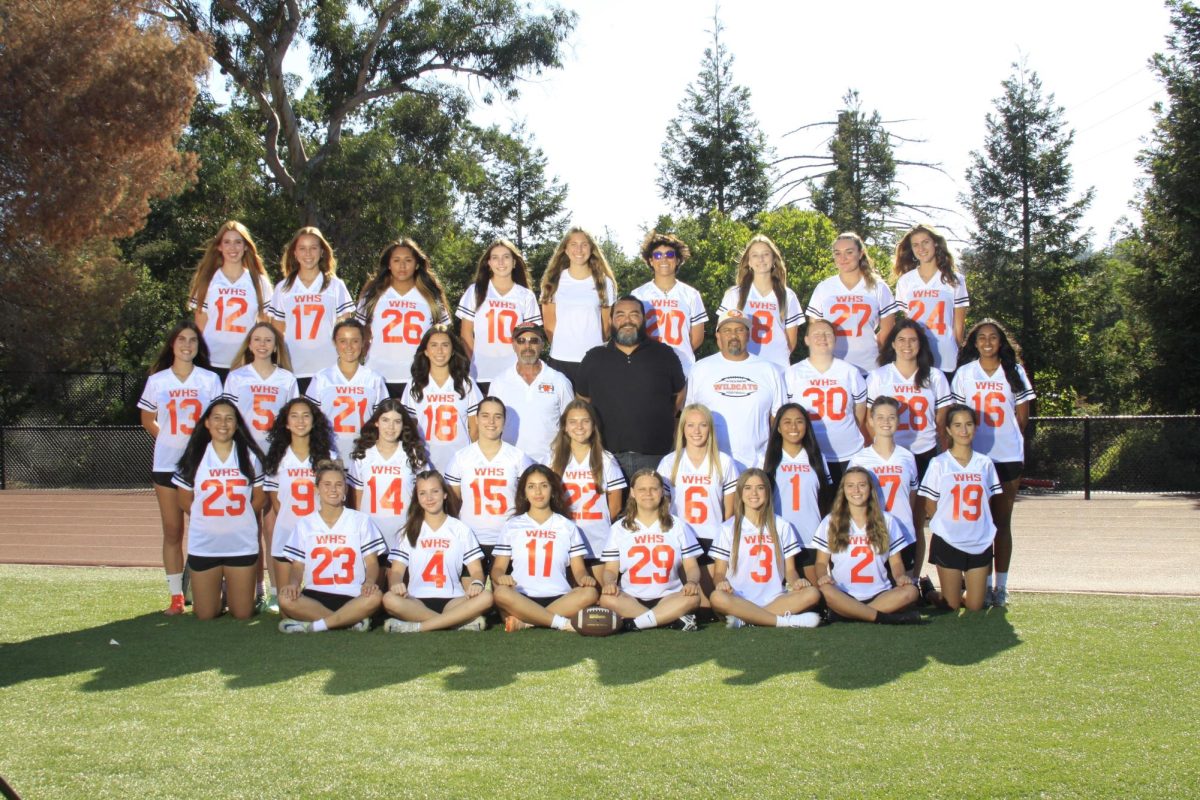While big classrooms, lively social scenes, and highly competitive sports allow many students to grow and thrive, the typical high school experience just isn’t for everyone. With middle college applications approaching in March, many are beginning to consider the benefits of finishing high school in a fresh college setting.
Cañada College’s Middle College High School Program, more commonly known as middle college, offers a small, close-knit community for high school students seeking an alternative high school option. Within the greater college campus, high school juniors and seniors work in a much smaller middle college community, described by Cañada as a “small school-within-a-school environment.” With the March 17 deadline in mind, many students are seriously considering their interest in applying. Sophomore Taylor Rienhart found several points of promise in the middle college program.
“I’m choosing to apply because I like having a more flexible schedule,” Rienhart said. “I also want a tighter knit community and more advanced classes. Also… it’s just a great opportunity to save a lot of money and get through college and high school a lot faster.”
Small, close communities are certainly an important aspect of the program. While the application process is known to be relatively pain-free, admission into the program is selective. Students are hand-picked by Cañada to ensure a good fit for individual students and their educational community.
“They actually interview all of the students to see if they’re a good fit,” College Advisor Zorina Matavulj said. “There are a lot of requirements, so sometimes what [students] think is gonna work doesn’t work. But many times it absolutely does… And then after the applications are in and after the interviews are done, then the middle college staff chooses their students for the year.”
Community building is a core part of the middle college experience. The careful selection process can be largely attributed to ensuring a student’s interest in the program, as well as the active cultivation of smaller learning communities.
“I think they only take 50 to 60 people per grade,” sophomore Abigail Edwards said. “So there’s only 30 people per class. You really get that one-on-one relationship with teachers.”
Smaller classroom and social environments attract the attention of many prospective applicants. Possibly above all other notable characteristics are the college classes themselves, which allow students to attain a significant head-start on their path beyond high school.
“They are going to be able to take community college classes and high school classes at the same time, [so] they are going to be accumulating college credits,” Matvulj said. “They’re literally accumulating the credits, [but they’re] also accumulating the experience.”
College classes at a high schooler’s fingertips is certainly a valuable aspect of the program. Senior and middle college student Lexi Calloway has seen the effect of these classes firsthand.
“You’re basically in college already,” Calloway said. “I’ve done enough credits that I’m almost ready to transfer to a four year [college with a two] year degree already.
The social aspect of middle college is also important to prospective students. Both within and outside of the classroom, many students benefit from functioning in smaller groups. Peer relationships at school greatly impact one’s experience. Calloway found just what she was looking for in a smaller environment.
“I didn’t really connect with the high school environment as much as some other people did,” Calloway said. “I thought that having a smaller community would have more options for closer connections with people… There’s a lot of great people that I met there who I would have never connected with in the first place.”
As high school students, especially sophomores, weigh their decisions, they must also confront the drawbacks of the program. The transition to middle college can become very isolating, and rarely comes without sacrifices. Edwards considered the long-term aspects of the switch to middle college.
“The only thing I’m a bit worried about is the people at Woodside that I connect with [who I don’t see] outside of school,” Edwards said. “I’m worried about losing those friendships.”
While students still have access to school events and sports teams, the separation from Woodside’s campus makes the preservation of on-campus connections difficult.
“You can participate in high school sports and go to Middle College,” Matvulj said. “It does happen. But you’re not on campus here at Woodside… And I would say [you don’t have as much of] the camaraderie of the team, of the chairman, and of the other players.”
Ultimately, the decision is up to the student. For many, the switch to middle college life is well-worth it, and works well to set students on a trajectory for success.
“Honestly, just don’t be scared to apply and join, [because] it’s a really good opportunity,” Calloway concluded. “You could find a lot of great connections here that you wouldn’t find anywhere else.”












